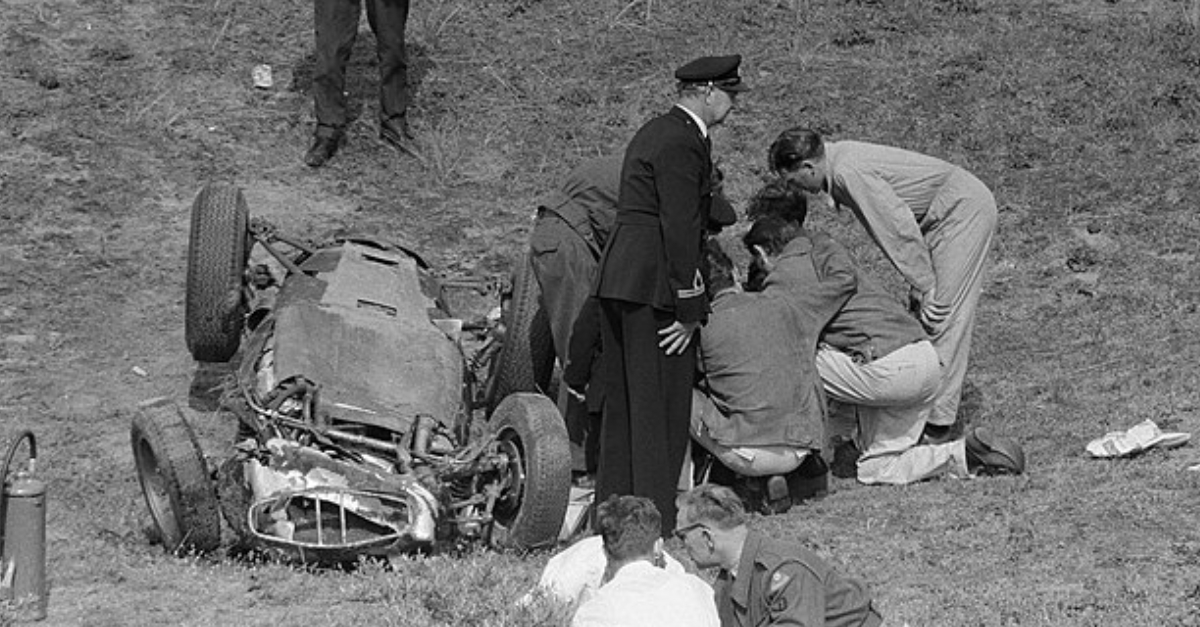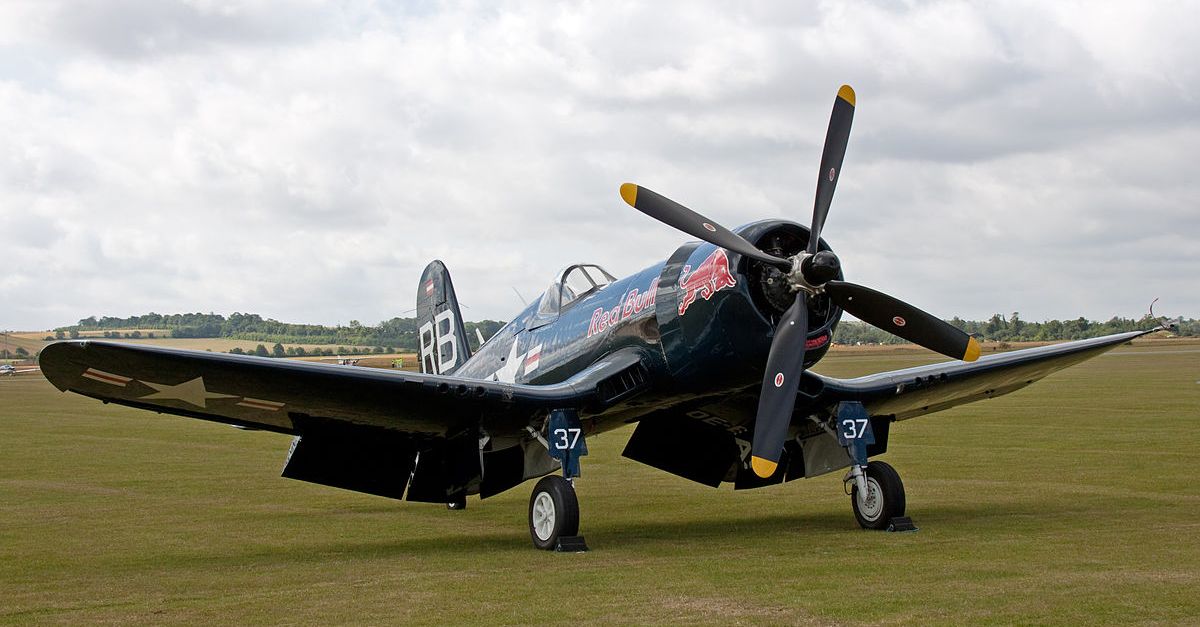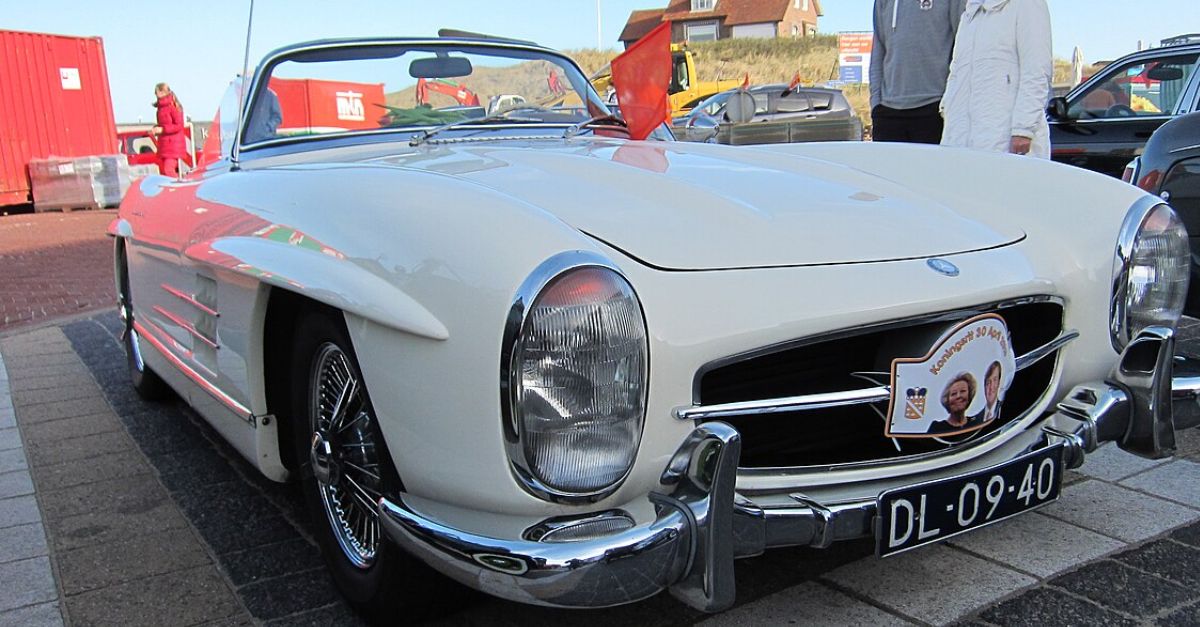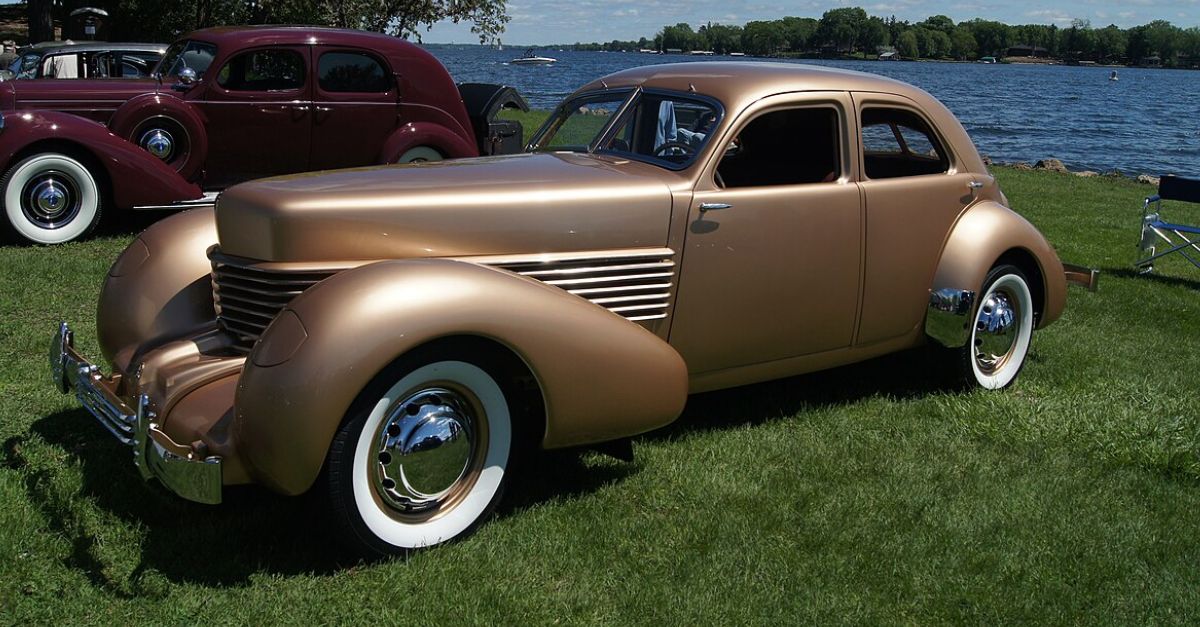When The Odometer Turns Six Figures
Some trucks act like they’ve seen a ghost once the odometer flips past 100k. Others? They just keep hauling like it’s nothing. Let’s sort the survivors from the headaches.

Chevrolet Colorado (2004–2006)
Cracked cylinder heads were a recurring problem in the 2.8L and 3.5L engines, often appearing before 120,000 miles. Electrical issues also surfaced, with ignition switches and power windows failing. Eventually, transmission trouble arose, especially as the truck surpassed the 90,000-mile mark.
 MercurySable99, CC BY-SA 4.0, Wikimedia Commons
MercurySable99, CC BY-SA 4.0, Wikimedia Commons
Nissan Frontier (2005–2008)
As the miles climbed, a hidden issue emerged: cracked radiators leaked coolant into the transmission, creating a milky fluid known as the "strawberry milkshake". This triggered complete transmission failure. Although Nissan extended some warranties, many drivers were left with full repair costs beyond the 100,000-mile point.
 DestinationFearFan, CC BY-SA 4.0, Wikimedia Commons
DestinationFearFan, CC BY-SA 4.0, Wikimedia Commons
Ford F-150 (2004–2008, 5.4L Triton)
Cam phaser wear brought on loud ticking sounds after 100,000 miles, and timing chain issues soon followed. Removing spark plugs became risky due to a flawed design that caused breakage. Together, these problems created high repair costs that generally pushed drivers to abandon their trucks.
 order_242 from Chile, CC BY-SA 2.0, Wikimedia Commons
order_242 from Chile, CC BY-SA 2.0, Wikimedia Commons
Ram 1500 (2011–2013)
After crossing 100,000 miles, the Ram 1500’s 5.7L HEMI engine showed lifter and camshaft damage, and transmission concerns grew more frequent. Additionally, some air suspension issues emerged with age; however, specific links to cold weather remain limited and are not broadly supported across documented cases.
 order_242, CC BY-SA 2.0, Wikimedia Commons
order_242, CC BY-SA 2.0, Wikimedia Commons
Toyota Tundra (2000–2003)
Frame rust led to a significant safety recall, mainly near the rear cross-member that supported the spare tire. After 100,000 miles, corrosion sometimes became so severe that tires detached. Many trucks failed inspections due to advanced frame decay and long-term structural weakness.
 Peidster at English Wikipedia, Wikimedia Commons
Peidster at English Wikipedia, Wikimedia Commons
GMC Canyon (2004–2006)
Built on the same platform as the Chevrolet Colorado, this early Canyon inherited its problems. Alternators and starters wore out faster than expected, especially past 90,000 miles. At the higher end of mileage, cooling system issues led to overheating that ended up catching many truckers off guard.
 Sfoskett~commonswiki assumed, CC BY-SA 3.0, Wikimedia Commons
Sfoskett~commonswiki assumed, CC BY-SA 3.0, Wikimedia Commons
Chevrolet Silverado 1500 (2014–2016, 5.3L V8)
Many drivers noticed oil disappearing between oil changes, a problem traced to the AFM system. That excessive oil consumption led to collapsed lifters and misfires beyond 100,000 miles. General Motors was eventually hit by a class-action lawsuit for poor engine design, specifically over faulty piston oil rings.
Dodge Dakota (2000–2004)
By the time Dodge Dakotas reached six figures, rust had already started creeping in, largely on frames exposed to wet conditions. However, long before that, truckers had to deal with transmissions slipping and shuddering. Even earlier, suspension recalls surfaced due to worn-out ball joints that compromised handling and safety.
 Greg Gjerdingen from Willmar, USA, CC BY 2.0, Wikimedia Commons
Greg Gjerdingen from Willmar, USA, CC BY 2.0, Wikimedia Commons
Ford Ranger (1998–2003)
As the engine aged, valve seat wear in the 3.0L Vulcan caused misfires and loss of compression. Next came the gearbox, where manual transmissions began to grind due to worn synchros. After years of use, rust had set into the frame—mainly around the shock mounts—weakening structural integrity by just past 100,000 miles.
 Vauxford, CC BY-SA 4.0, Wikimedia Commons
Vauxford, CC BY-SA 4.0, Wikimedia Commons
Ram 2500 (2012–2014)
Turbo actuator failures were a costly surprise for many diesel Ram 2500 drivers near the 100,000-mile mark. Earlier, climate control issues arose when the blend door failed to function. Even before that, worn front axle U-joints showed the truck's front end wasn't built for long-haul resilience.
 order_242, CC BY-SA 2.0, Wikimedia Commons
order_242, CC BY-SA 2.0, Wikimedia Commons
Toyota Tacoma (2005–2010)
Widespread complaints about rust prompted Toyota to offer a full buyback program for affected Tacoma frames. At the same time, premature clutch wear in manual models caused concern among long-term owners. To make matters worse, fading paint in select colors began eroding the truck's resale value and appeal.
 BrokenSphere, CC BY-SA 3.0, Wikimedia Commons
BrokenSphere, CC BY-SA 3.0, Wikimedia Commons
Chevrolet Avalanche (2007–2011)
Cracked dashboards became a common sight once Avalanches crossed the 100,000-mile mark, which raised concerns about quality. Drivers also noticed a rise in oil consumption in aging Vortec engines, with usage climbing steadily. Over time, the body cladding began to fade and left the exterior looking worn.
 U.S. National Highway Traffic Safety Administration, Wikimedia Commons
U.S. National Highway Traffic Safety Administration, Wikimedia Commons
Mazda B-Series (1999–2004)
Borrowing heavily from the Ford Ranger, the Mazda B-Series inherited the same rust-prone frame issues. But its problems didn't end there. Corrosion in the cooling system damaged the heater core, and finding replacement parts became difficult. High-mileage repairs turned expensive simply due to limited availability.
 order_242 from Chile, CC BY-SA 2.0, Wikimedia Commons
order_242 from Chile, CC BY-SA 2.0, Wikimedia Commons
Isuzu i-Series (2006–2008)
This short-lived truck line shared most mechanical parts with the Colorado and Canyon, including the problem-prone 2.8L and 3.5L engines. After 2010, parts support ceased, and repairs became more challenging. Around the 100,000-mile mark, rear differential seals started to fail, introducing yet another costly issue for drivers.
 MercurySable99, CC BY-SA 4.0, Wikimedia Commons
MercurySable99, CC BY-SA 4.0, Wikimedia Commons
Lincoln Mark LT (2006–2008)
Under its upscale exterior, the Mark LT shared familiar F-150 issues, such as cam phaser failures and stubborn spark plugs. As it aged, worn suspension bushings caused a rougher ride. The truck used standard coil or leaf springs, not air suspension, which simplified but didn’t eliminate wear concerns.
Honda Ridgeline (2006–2008)
Torque converter trouble greeted Honda Ridgeline truckers as the truck approached 110,000 miles, marked by noticeable shuddering during acceleration. Even earlier, skipping rear differential fluid service led to premature wear. And just before that, the 105,000-mile timing belt replacement became a non-negotiable, time-sensitive maintenance task.
Ford Explorer Sport Trac (2001–2005)
The rear-mounted V6 engine brought complexity that many owners didn't expect. Timing chains, located at the back, failed after extended use and were costly to reach. Past 100,000 miles, AWD models also experienced slipping transmissions. Inside, plastic trim wore quickly and left interiors looking aged before their time.
Ram 3500 (2011–2012)
Around the 100,000-mile mark, many Ram 3500 diesels began showing signs of strain. DPF clogging caused sudden power loss, mainly during heavy use. Soon after, flattened rear springs and worn steering components formed a frustrating pattern that even long-time truck drivers found challenging to endure.
 order_242, CC BY-SA 2.0, Wikimedia Commons
order_242, CC BY-SA 2.0, Wikimedia Commons
Nissan Titan (2004–2006)
Brake judder became one of the first warning signs for early Titan drivers, especially during highway driving after 80,000 miles. Not long after, transmission cooler line failures caused significant fluid loss. Eventually, leaking rear axle seals led to differential damage, which proved costly and difficult to ignore.
 Jeremy, CC BY 2.0, Wikimedia Commons
Jeremy, CC BY 2.0, Wikimedia Commons
Suzuki Equator (2009–2012)
Though nearly identical to the Nissan Frontier, the Equator came with fewer options and less support. It also faced SMOD—short for Strawberry Milkshake of Death—a failure where coolant leaks into the transmission. After Suzuki left the US market, parts became scarce, and values dropped sharply even past 100,000 miles.
 LouieRBLX, CC BY-SA 4.0, Wikimedia Commons
LouieRBLX, CC BY-SA 4.0, Wikimedia Commons
Chevrolet S-10 (1998–2003)
Several technical service bulletins flagged ball joint failures in the S-10, and these problems appeared early. Yet the real trouble started later when heater cores began clogging due to Dex-Cool coolant issues. For many, paint also began to peel, especially in certain lighter shades.
Volkswagen Amarok (Early Diesel Models)
Amarok diesels first gained attention for strong performance; however, reliability concerns soon emerged. Dust often disrupted differential lock sensors, and turbo actuators failed early. As gray-market US imports neared 100,000 miles, repair support became scarce, and owners faced limited access to experienced shops or replacement parts.
 El monty, CC BY-SA 3.0, Wikimedia Commons
El monty, CC BY-SA 3.0, Wikimedia Commons
Toyota Tacoma (2012–2022)
Now we cross into the trucks that go the distance. For the Toyota Tacoma, reliability consistently proves itself again and again. Many pass 250,000 miles without major repairs. By having a rust-resistant composite bed and high resale value, this model earns its reputation, one dependable mile at a time.
 Kevauto, CC BY-SA 4.0, Wikimedia Commons
Kevauto, CC BY-SA 4.0, Wikimedia Commons
Honda Ridgeline (2017–2023)
While it doesn't look like a traditional truck, the unique Ridgeline quietly proves its worth over time. The 3.5L V6 holds up with few repairs, and its AWD system rarely fails. JD Power surveys show owners consistently report high satisfaction, even after the odometer crosses into six digits.
 Jim Denkert, CC BY 4.0, Wikimedia Commons
Jim Denkert, CC BY 4.0, Wikimedia Commons
Ford F-150 (2015–2020, 2.7L EcoBoost)
The 2.7L EcoBoost engine provides this F-150 with a blend of strong power and efficient fuel consumption. Past the 100,000-mile point, performance remains steady. Its rust-resistant aluminum body adds long-term value, and consistent use in commercial fleets demonstrates that it remains dependable well beyond 200,000 miles.
Chevrolet Silverado 1500 (2010–2013, 5.3L V8)
Owners hang on to these Silverados for a reason. The earlier 5.3L V8 avoids the oil-burning troubles that later AFM versions faced. Because the drivetrain stays simple, repairs stay manageable. And with ample aftermarket support, many push well past 250,000 miles without major setbacks.
GMC Sierra 1500 (2011–2014)
Mid-cycle improvements helped the Sierra stand out from the Silverado. One key change involved better transmission programming to enhance the shifting smoothness. But what truly pushes these trucks past 250,000 miles is consistency—regular oil changes and coolant maintenance make a noticeable difference in drivetrain longevity over time.
Toyota Tundra (2014–2021)
The 5.7L V8 engine in the Tundra gained a reputation for delivering lasting power, often reaching 300,000 miles or more. Its design skips turbochargers and complex emissions tech, which keeps things reliable. You'll spot these in commercial fleets, where simple strength still matters more than flashy extras.
 A. Bailey, CC BY-SA 3.0, Wikimedia Commons
A. Bailey, CC BY-SA 3.0, Wikimedia Commons
Ram 1500 (2019–2023 With 5.7L HEMI)
This version of the Ram 1500 softens the ride with a coil spring rear setup that also improves durability. Its ZF 8-speed automatic has won praise for smooth performance and long life. Combined with reduced frame corrosion, this generation proves more enduring than those that came before it.
 Elise240SX, CC BY-SA 4.0, Wikimedia Commons
Elise240SX, CC BY-SA 4.0, Wikimedia Commons
Ford Ranger (2019–2022)
Under load, the 2.3L EcoBoost engine doesn't flinch. It pairs with a simple drivetrain layout that makes long-term maintenance less burdensome. Over time, its towing strength and strong reliability record have made this midsize truck a smart pick for drivers planning to hold on.
 Kevauto, CC BY-SA 4.0, Wikimedia Commons
Kevauto, CC BY-SA 4.0, Wikimedia Commons
Chevrolet Colorado (2016–2022, Diesel)
Colorado's 2.8L Duramax diesel earned a quiet reputation over time. Owners noted fewer moving parts than in gas models to make its upkeep easier. Combined with strong fuel efficiency, this setup proved reliable, and many drivers eventually crossed the 300,000-mile mark without encountering major drivetrain failures.
 Tino Rossini, CC BY 2.0, Wikimedia Commons
Tino Rossini, CC BY 2.0, Wikimedia Commons
Mazda BT-50 (Global)
A ReDriven review of used BT-50s described the truck as mechanically reliable, with fewer turbo and timing-chain problems than its rivals. Built on Isuzu's diesel platform, it performs well in demanding settings such as farms and mining sites, where owners often exceed 248,549 miles with minimal failures.
 Agratsa, CC0, Wikimedia Commons
Agratsa, CC0, Wikimedia Commons
Toyota Hilux (Global)
In remote regions and conflict zones, the Toyota Hilux is almost always present. Stories of these trucks surviving ambushes and rough terrain are common, but the reliability is no myth. With global parts availability and a track record for endurance, the Hilux has earned trust on every continent.
 Vauxford, CC BY-SA 4.0, Wikimedia Commons
Vauxford, CC BY-SA 4.0, Wikimedia Commons
Chevrolet Silverado 2500HD (2015–2020, Duramax)
Durability runs deep in the Silverado 2500HD, thanks to the LML Duramax engine. It pairs with the long-lasting Allison transmission, a combo frequently spotted in towing fleets. With some examples crossing 300,000 miles, this heavy-duty workhorse earns its place among trucks built to go the distance.
 Rjluna2, CC BY-SA 4.0, Wikimedia Commons
Rjluna2, CC BY-SA 4.0, Wikimedia Commons
Ram 2500 (2016–2020, Cummins Diesel)
The 6.7L Cummins engine gives this Ram its staying power. Compared to newer versions, this one uses a simpler emissions system that causes fewer headaches. Turbo failures also occur less frequently than in rival models by helping many units power past high mileage in working fleets.
 The Wikipeadian guy, Wikimedia Commons
The Wikipeadian guy, Wikimedia Commons
Ford Super Duty F-250 (2017–2022)
Drivers who skip diesel find long-term value in the 6.2L gas V8. Its strong torque supports towing demands without the added complexity of DEF systems. Since the engine runs cleaner and the design stays simple, fewer parts break down as the miles climb.
Toyota Land Cruiser Pickup (Global)
Beneath its plain shell lies a trusted formula. The Land Cruiser Pickup shares its drivetrain with the legendary 70 Series. This is used in safari fleets and oil fields worldwide. Some units travel over 310,685 miles and go on to build a global reputation for longevity through real-world service.
 Ethan Llamas, CC BY-SA 4.0, Wikimedia Commons
Ethan Llamas, CC BY-SA 4.0, Wikimedia Commons
Jeep Gladiator (2020–2023)
Built on the same bones as the Wrangler, the Gladiator keeps the off-road spirit alive in a pickup form. Its 3.6L Pentastar V6 has gone through years of refinement. That, along with wide parts compatibility, helps owners enjoy steady reliability with easier long-term maintenance.
 Greg Gjerdingen, CC BY 2.0, Wikimedia Commons
Greg Gjerdingen, CC BY 2.0, Wikimedia Commons
Isuzu D-Max (Global)
The D-Max has proven its toughness across Southeast Asia and other demanding regions. Diesel variants often surpass approximately 186,411 miles in fleet service. Just as important, the widespread availability of parts helps minimize delays by ensuring these trucks stay on the road and ready for long-term use.
 Mj-bird, CC BY-SA 3.0, Wikimedia Commons
Mj-bird, CC BY-SA 3.0, Wikimedia Commons
Chevrolet SSR (2005–2006)
Although it appears to be a showpiece, the SSR conceals solid mechanical components. It's a 6.0L LS2 V8 that routinely clocks past 200,000 miles. A simpler drivetrain lies underneath the flashy design, and because collectors regularly preserve them well, many examples age without suffering typical high-mileage wear.
 Charles, CC BY 2.0, Wikimedia Commons
Charles, CC BY 2.0, Wikimedia Commons
Ford Courier (Global)
Durability was the point from the beginning. The Courier was built for rural deliveries and rough terrain, mostly in emerging markets. It's easy to service, and parts are widely accessible. Even today, older models still show up in South American farm fleets, still running after decades of use.
 dave_7, CC BY-SA 2.0, Wikimedia Commons
dave_7, CC BY-SA 2.0, Wikimedia Commons
GMC Canyon (2015–2020, 3.6L V6)
The 3.6L V6-powered GMC Canyon from this era stands out for endurance. Consumer Reports gave it above-average reliability, and commercial fleets have reported over 200,000 miles with minimal drivetrain problems. Its corrosion-resistant steel frame and shared parts with the Colorado simplify upkeep and extend service life
 MTSRider18, CC BY-SA 3.0, Wikimedia Commons
MTSRider18, CC BY-SA 3.0, Wikimedia Commons
Toyota 4Runner Pickup (1984–1995)
Built on Hilux DNA, the 4Runner Pickup earned legendary status. Its 22RE engine, paired with a manual transmission, has reached 300,000+ miles in many cases. With a ladder frame that resists rust and broad aftermarket support, this old-school Toyota continues to thrive in harsh terrain and rural use decades later.
 Mr.choppers, CC BY-SA 3.0, Wikimedia Commons
Mr.choppers, CC BY-SA 3.0, Wikimedia Commons
Ford F-150 (2009–2014, 5.0L V8)
The 2009–2014 F-150 with the 5.0L Coyote V8 ranks high for durability. It avoids the cam phaser issues found in older 5.4L engines. Many trucks exceed 250,000 miles. Reliability ratings remain strong, and Ford’s broad parts network supports long-term ownership and simple, affordable repairs.
 RL GNZLZ from Chile, CC BY-SA 2.0, Wikimedia Commons
RL GNZLZ from Chile, CC BY-SA 2.0, Wikimedia Commons
















